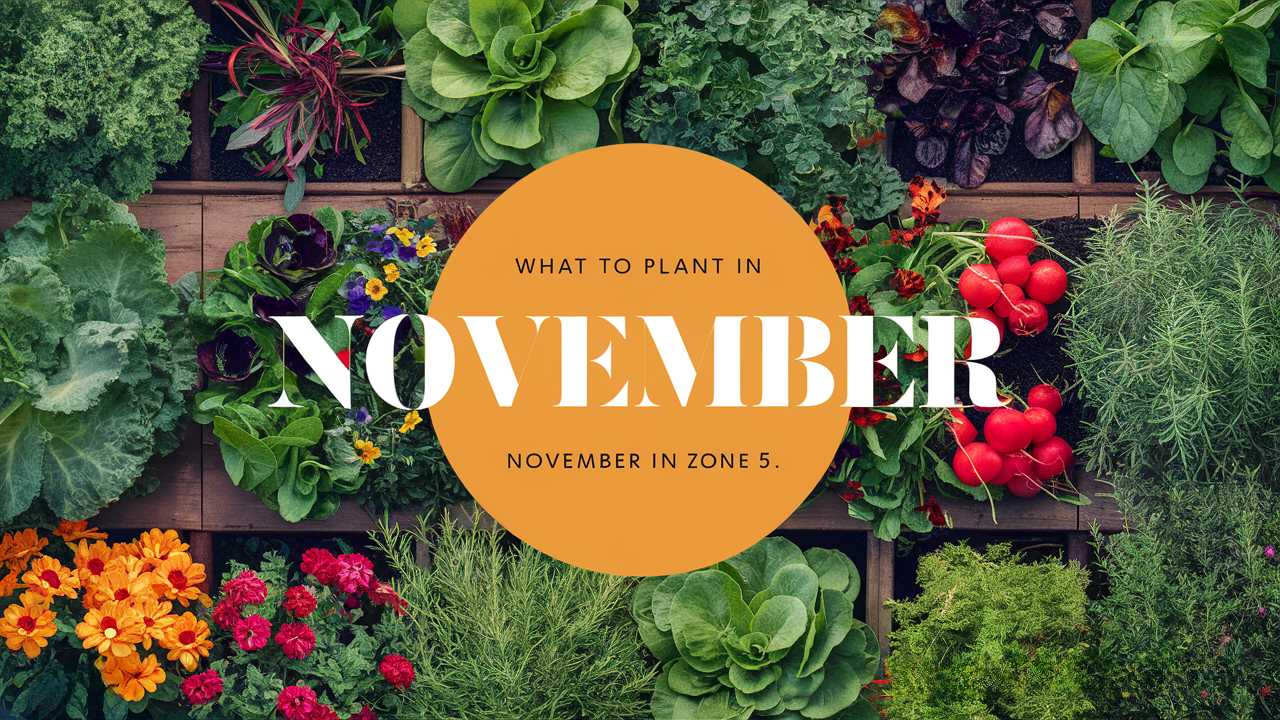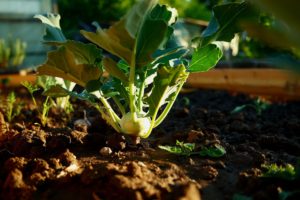November marks a pivotal transition in the gardening calendar for those residing in USDA Zone 5. With its average winter temperatures ranging from -10°F to 20°F, this region does not lend itself to the same planting opportunities as regions with milder climates.
However, determined gardeners can still sow a variety of vegetables, flowers, herbs, and landscape plants in late autumn. Let’s explore what you can confidently plant in Zone 5 in November, ensuring a vibrant and productive garden come spring.
Vegetables To Plant
November is a time when some hardy vegetables can still be planted, especially when the soil conditions are favorable. It’s essential to choose varieties that thrive in cooler soil temperatures to make the most of your late-season planting.
Garlic
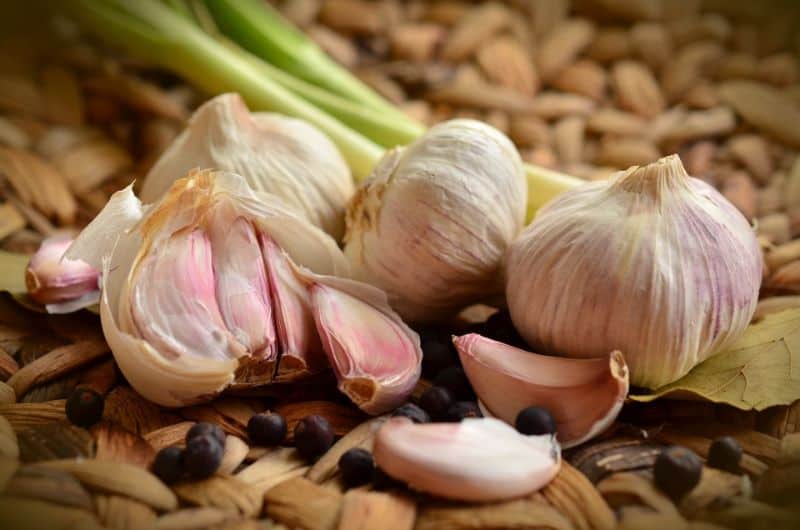
Garlic is a quintessential plant for November in Zone 5. Planting garlic in late fall allows the bulbs to establish roots before winter sets in.
Temperature Tolerance: Garlic can tolerate temperatures as low as 20°F.
Planting Dates: It is typically planted about 2-4 weeks before the ground freezes, which aligns perfectly with November in Zone 5.
Tips: Plant individual cloves about 2 inches deep and 6-8 inches apart in well-drained soil enriched with organic matter to promote strong growth. Mulching helps retain soil moisture and insulates the bulbs during colder months.
Spinach
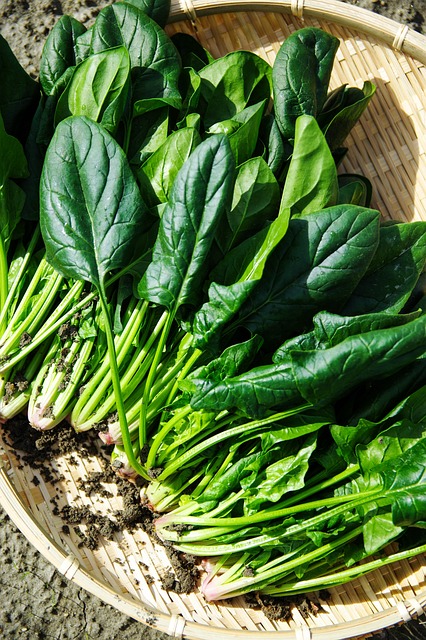
Spinach is an excellent cool-weather crop that can be sown in November for a late fall harvest.
Temperature Tolerance: Spinach can survive frosts and thrives in temperatures ranging from 20°F to 70°F.
Planting Dates: While traditional planting occurs in spring, November sowing is ideal for overwintering varieties.
Tips: Sow seeds ½ inch deep in well-prepared soil, and consider using row covers for added protection against extreme cold.
Kale
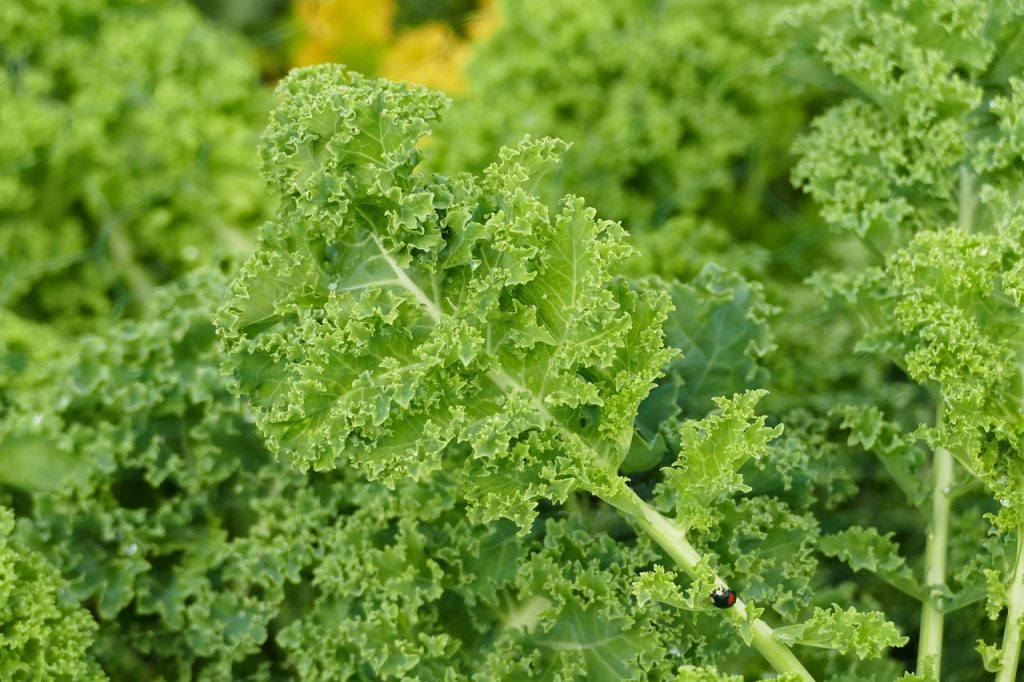
Kale is another hardy vegetable that flourishes in colder temperatures.
Temperature Tolerance: Kale can tolerate temperatures as low as 15°F, and its flavor often improves after a frost.
Planting Dates: Late October to early November is optimal for sowing seeds.
Tips: Space seeds about 12 inches apart in rich soil, and consider planting a variety of kale types to enjoy different textures and flavors.
Collard Greens
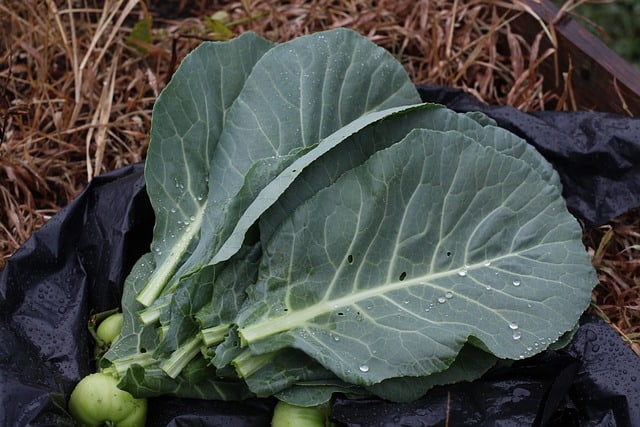
Collard greens provide a nutritious, leafy option for late fall planting.
Temperature Tolerance: Similar to kale, collard greens can endure winter’s chill down to 20°F.
Planting Dates: Plant them in November for a flavorful addition to winter meals.
Tips: Prepare the soil with compost and make sure to plant seeds about ¼ to ½ inch deep. These greens often become sweeter with a frost, making them ideal for late-season growth.
Brussels Sprouts
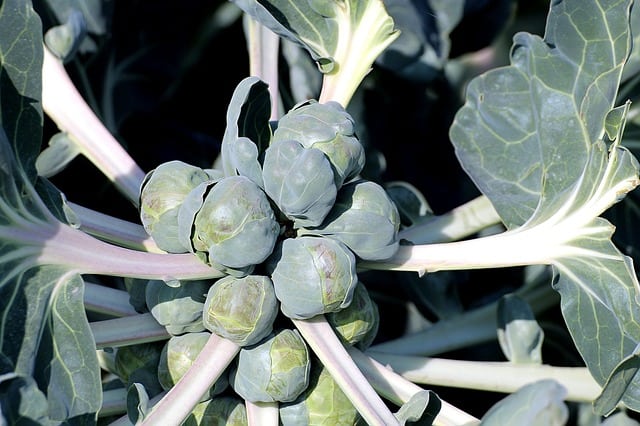
Brussels sprouts are perfect for those looking to extend their harvest into the cold months.
Temperature Tolerance: They can withstand temperatures down to 20°F and are often improved by frost.
Planting Dates: Late fall planting should be done early in November.
Tips: Space plants 24 inches apart in a sunny garden bed. They require plenty of nutrients, so enrich the soil with compost or organic fertilizer.
Winter Radishes
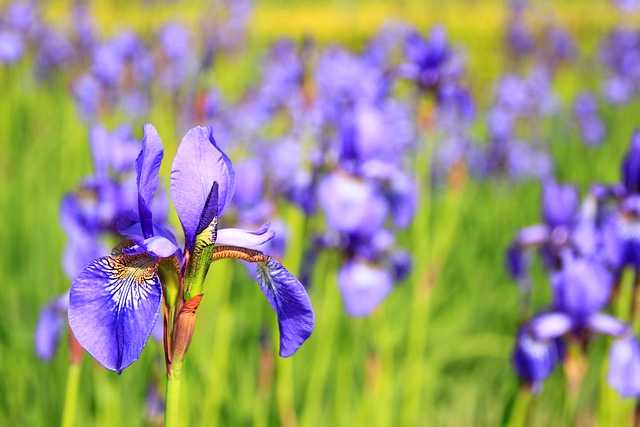
These quick-growing radishes are perfect for an autumn planting.
Temperature Tolerance: They can handle light frosts and grow best in temperatures around 50°F.
Planting Dates: November is a great time to sow for varieties like black or daikon radish.
Tips: Sow seeds ½ inch deep and space them about 6 inches apart. Winter radishes can be harvested all winter long, making them adaptable.
Carrots
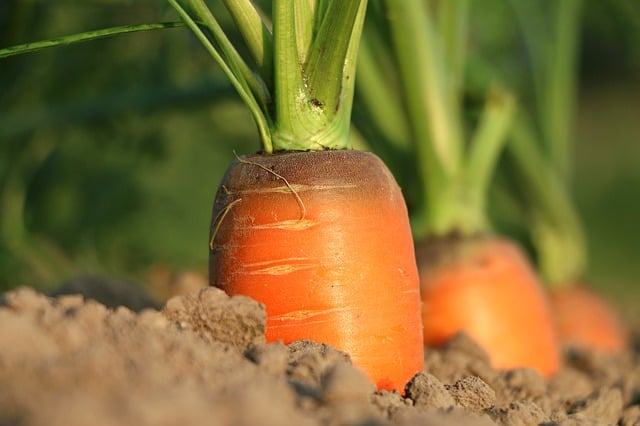
Carrots can also thrive during the cooler months if planted in November.
Temperature Tolerance: They resist frost well, generally down to 20°F.
Planting Dates: Late November planting works particularly well in frozen-over areas, as they can take root in cool soil.
Tips: Sow seeds 1/4 inch deep and keep the soil moist for ideal germination. Some gardeners utilize cloches or mini greenhouses to create a controlled environment for better growth.
Chard
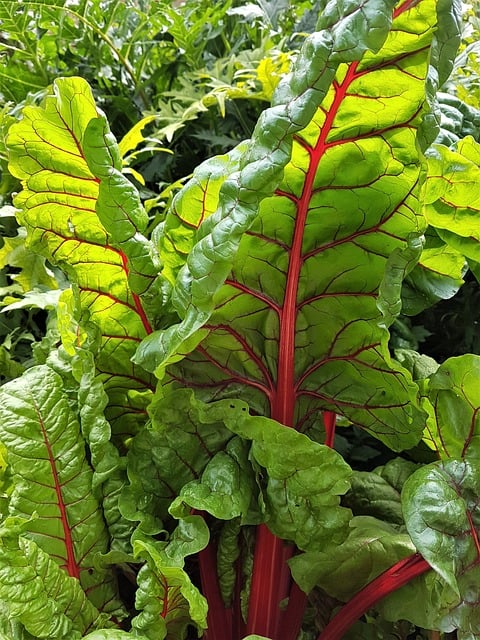
Swiss chard is a versatile and hardy vegetable that can be sown in November.
Temperature Tolerance: Chard can tolerate freezing temperatures and will continue to grow slowly throughout the winter months.
Planting Dates: November is suitable for direct sowing.
Tips: Plant seeds ½ inch deep, 12 inches apart, and amend the soil generously with compost. Like kale and collards, the taste of chard benefits from exposure to frost.
Onions
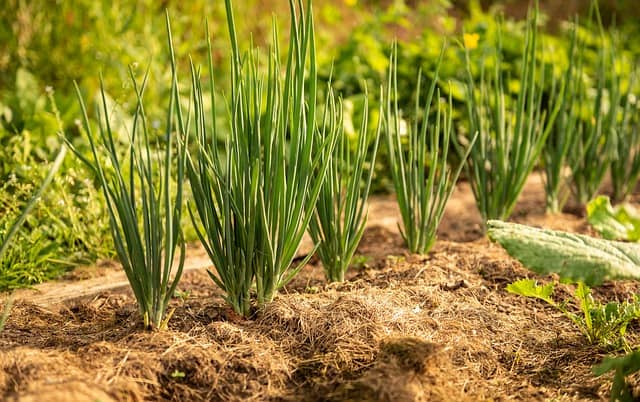
Onions can also be planted in November, focusing particularly on overwintering varieties.
Temperature Tolerance: They can endure cold soils as long as they are well-mulched.
Planting Dates: Plant them in early November before the ground freezes completely.
Tips: Space sets or seedlings about 6 inches apart and ensure the bulbs are about an inch deep. Mulching helps keep the soil temperature steady and protects from harsh conditions.
Mustard Greens
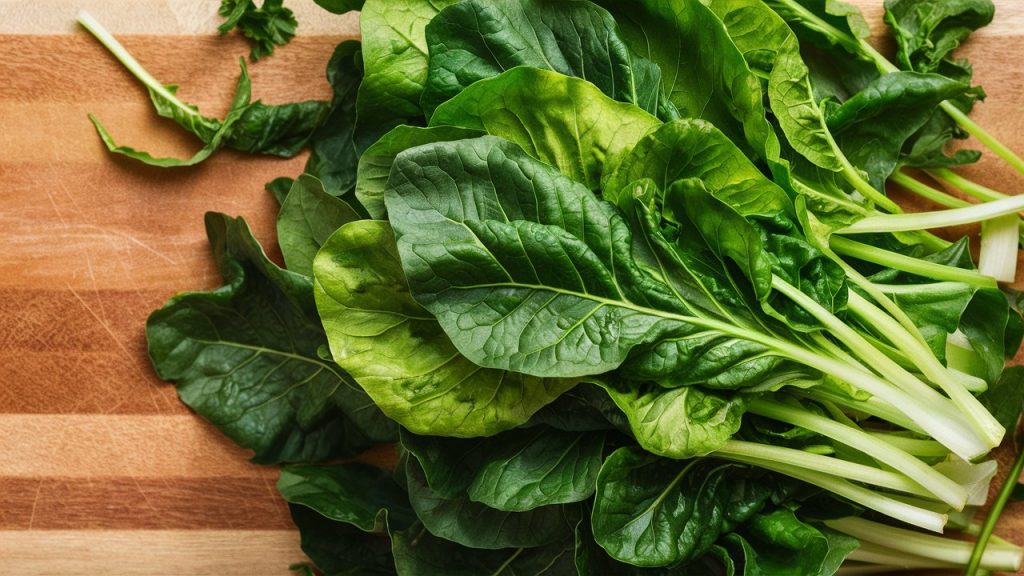
These leafy greens are perfect for harvesting during cooler months.
Temperature Tolerance: Mustard greens grow well in temperatures down to 20°F.
Planting Dates: November is an ideal time to sow them.
Tips: Plant ¼ inch deep and 6 inches apart for optimal growth. The young leaves can be harvested when they are tender and flavorful.
Flowers To Plant
While the focus tends to shift towards vegetables in November, it’s also an excellent time to plant some perennial flowers that can provide stunning blooms come spring.
Pansies
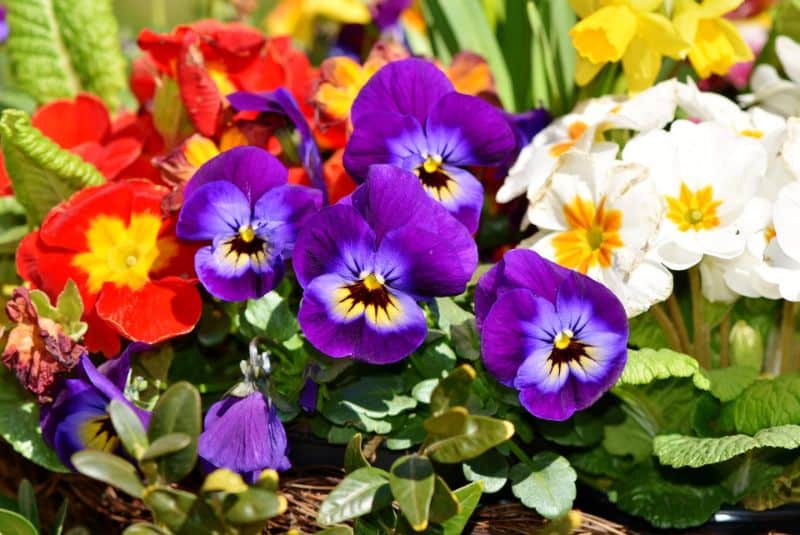
Pansies are a favorite among gardeners for their vibrant colors and resilience during winter.
Temperature Tolerance: Pansies can survive cold temperatures down to 20°F.
Planting Dates: November sowing is ideal, especially for pansies intended for early spring bloom.
Tips: Place them in well-drained soil and water thoroughly. They require sunlight but can thrive in partial shade.
Violas
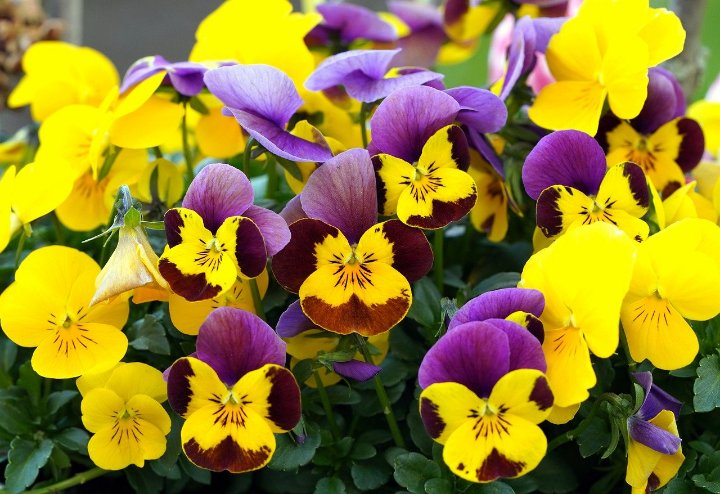
Similar to pansies, violas are wonderful for late fall planting.
Temperature Tolerance: They can endure the cold and bloom early in spring if planted in November.
Planting Dates: As with pansies, planting in November allows them to establish before winter.
Tips: They prefer slightly acidic, well-drained soil. Much like pansies, they flourish in full sun or partial shade.
Ornamental Kale
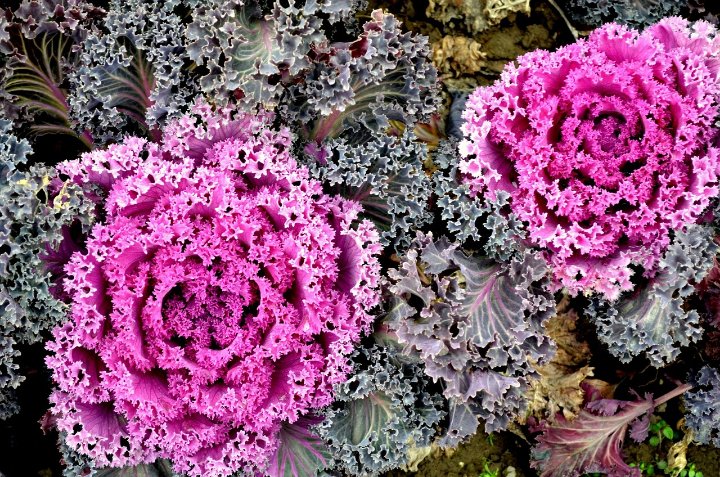
The stunning foliage of ornamental kale adds a unique touch to winter gardens.
Temperature Tolerance: Ornamental kale thrives in cooler temperatures and can survive frost.
Planting Dates: November is an excellent time to transplant seedlings into the garden.
Tips: These plants prefer rich, well-drained soil. Plant them in clusters for a striking visual impact.
Siberian Iris

Siberian irises are hardy perennials well-suited for late fall planting.
Temperature Tolerance: They can tolerate freezing temperatures, making November planting feasible.
Planting Dates: These bulbs should be planted 4-6 weeks before the ground freezes.
Tips: Space bulbs about 12 inches apart and ensure they are well-drained. They are great for naturalizing in garden beds.
Perennial Asters
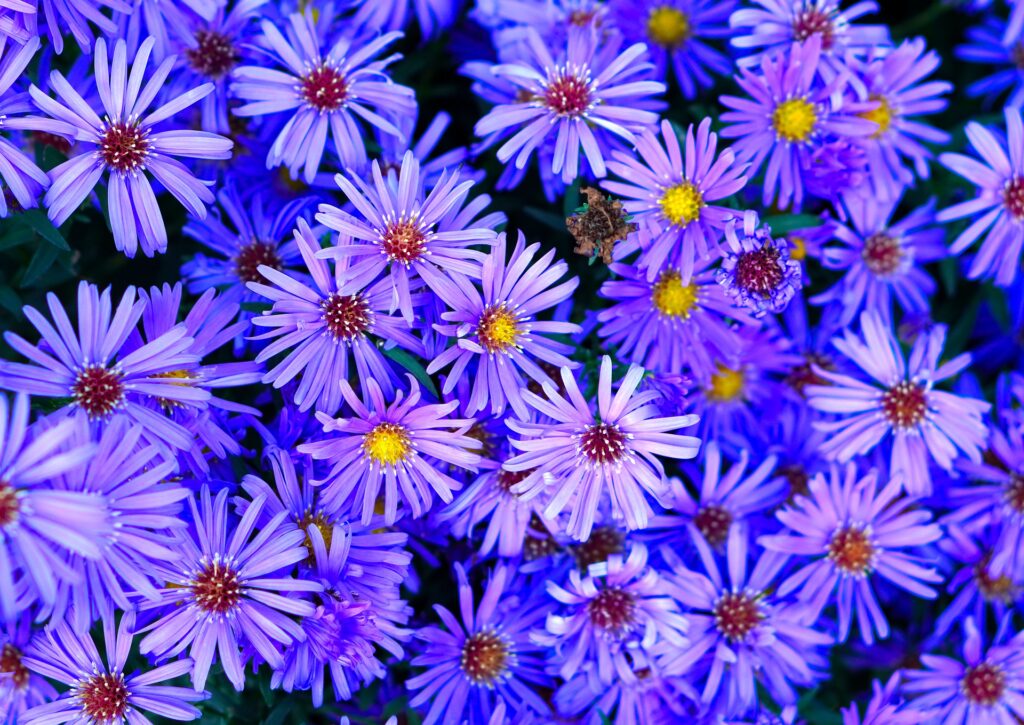
These fall-blooming flowers bring a burst of color to the late season.
Temperature Tolerance: Asters can withstand light frosts and can continue blooming late into the fall.
Planting Dates: Planting in November allows them to root effectively before winter.
Tips: Space plants about 12 to 18 inches apart; they thrive in well-drained soil with full to partial sunlight.
Crocus
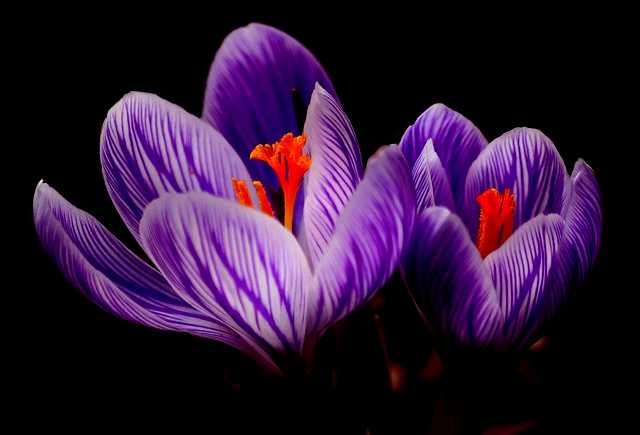
Crocus corms planted in November will lead to cheerful blooms in early spring.
Temperature Tolerance: Crocus can survive cold conditions, making them ideal for November planting.
Planting Dates: Plant them about 3-4 inches deep in November for springtime enjoyment.
Tips: They do best in well-draining soil and can tolerate both sunlight and shade.
Tulips
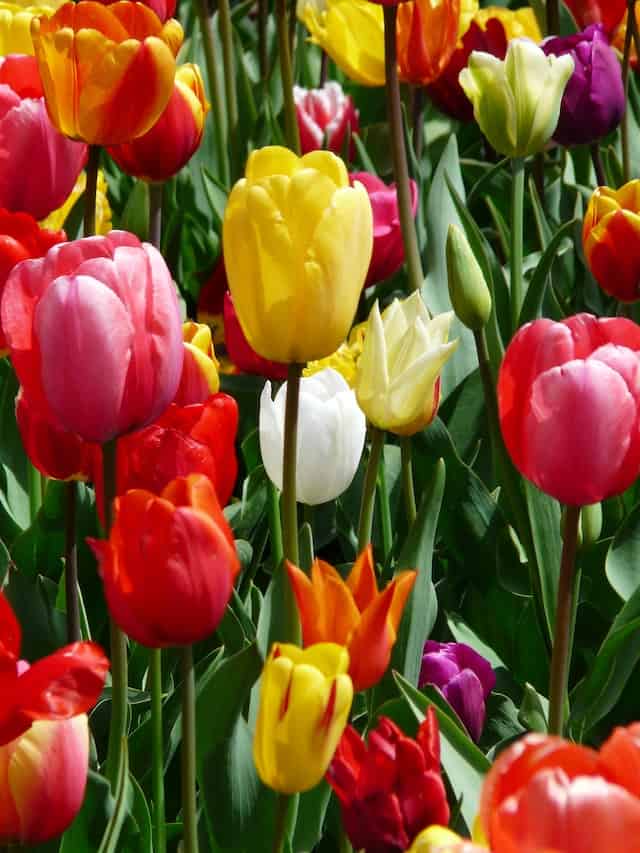
Tulips are a classic choice for all gardeners and a great option for planting in November.
Temperature Tolerance: They can tolerate cold well, as they go dormant in winter.
Planting Dates: November is an ideal planting time—ideally, plant them before the first frost.
Tips: Plant tulip bulbs six inches deep and space them about 4-6 inches apart. A layer of mulch can help protect them through the winter.
Hyacinths
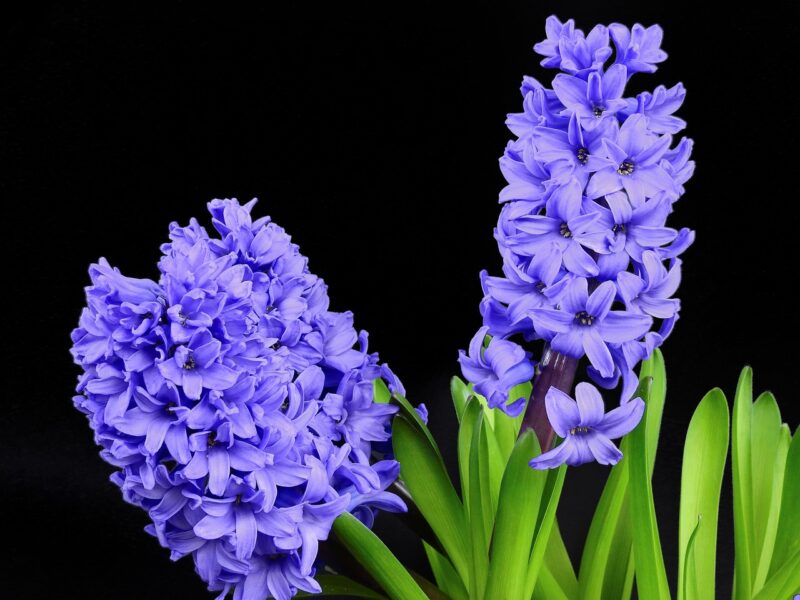
Hyacinths provide fragrant blossoms that can brighten early spring gardens.
Temperature Tolerance: They can withstand cold temperatures as they enter dormancy in winter.
Planting Dates: Aim to plant in the first half of November.
Tips: Plant them about 6-8 inches deep in a sunny spot with well-drained soil. Adding bulb fertilizer at planting can enhance bloom quality.
Snowdrops
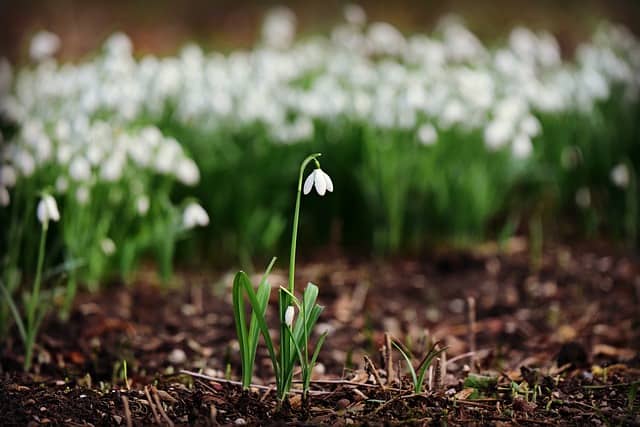
Snowdrops are among the first flowers to bloom, making them an ideal choice for late fall planting.
Temperature Tolerance: Snowdrops can handle freezing temperatures.
Planting Dates: Late November is perfect for planting snowdrop bulbs.
Tips: Plant them about 3 inches deep in well-drained soil, and enjoy their early blooms in the upcoming season.
Bleeding Heart
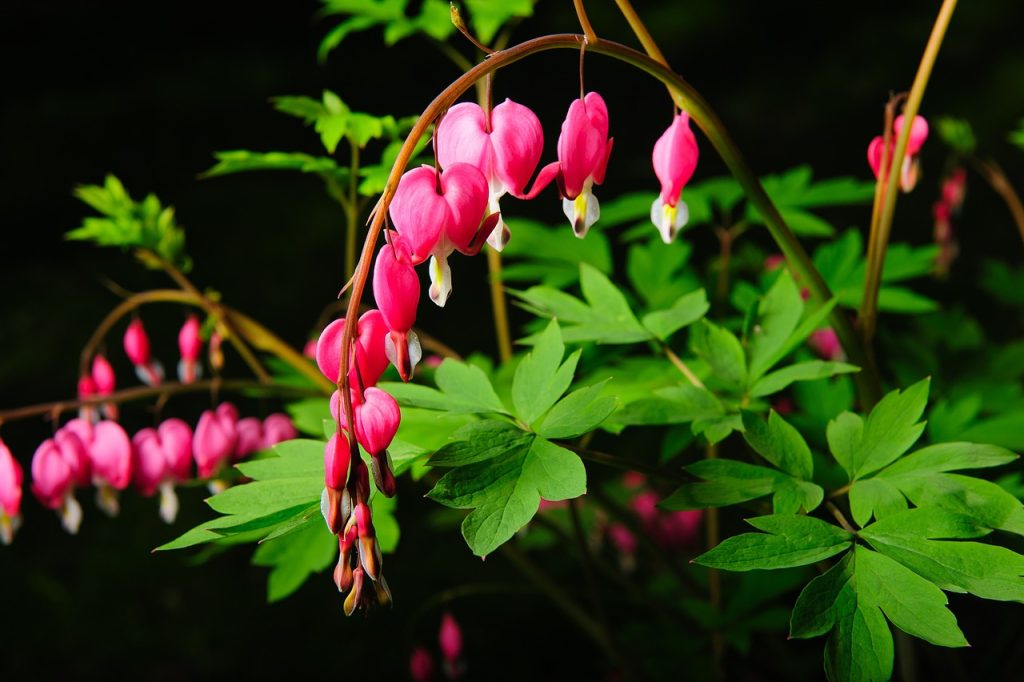
While traditionally planted in spring, bleeding hearts can sometimes be planted in late fall.
Temperature Tolerance: They can survive in winter conditions.
Planting Dates: Planting in November can be successful if the soil remains workable.
Tips: Position them in partial shade with rich, moist soil. They will flourish next spring with minimal fuss.
Herbs To Plant
Herbs may not seem like the main focus in November, but several varieties can be planted now for a wonderful spring harvest.
Garlic Chives
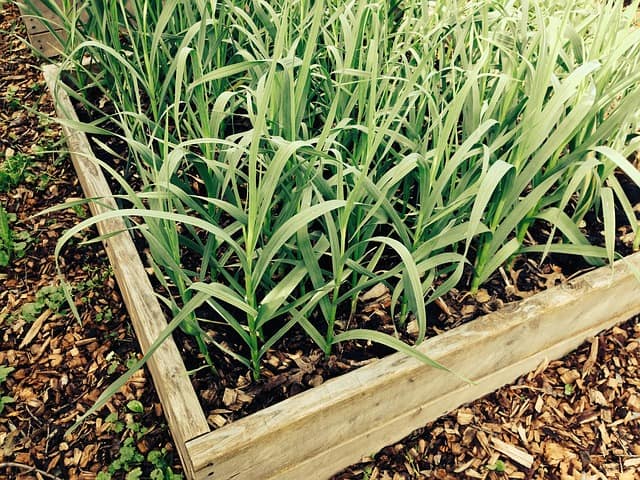
Garlic chives are perfect for a late fall planting.
Temperature Tolerance: They can tolerate frost and cold.
Planting Dates: November is a suitable month for sowing.
Tips: Plant them in well-drained soil about 1/4 inch deep. Their flavor will be enhanced after exposure to cold.
Thyme
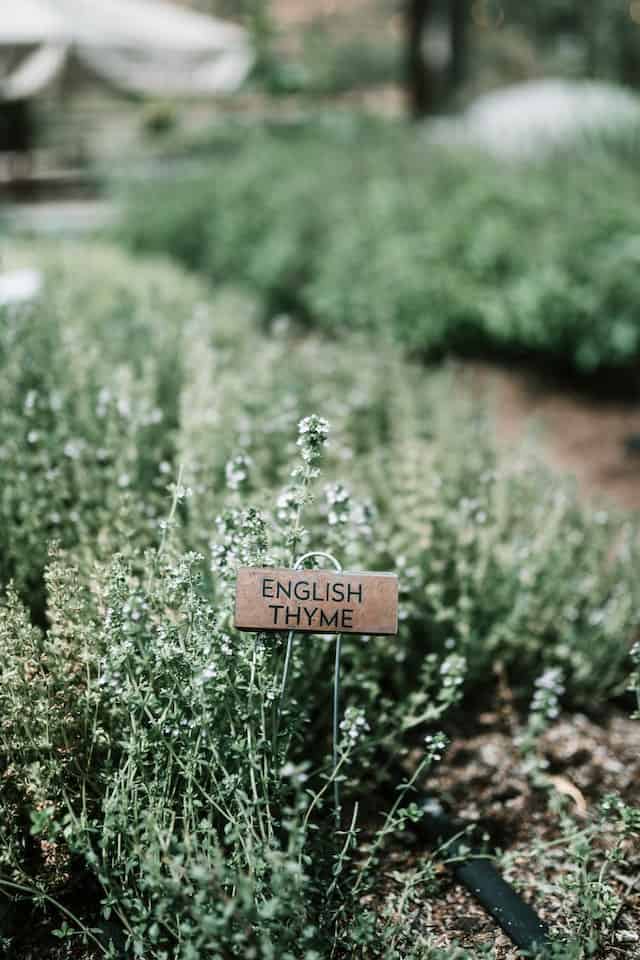
Thyme can also be a valuable addition for late autumn planting.
Temperature Tolerance: This herb can resist temperatures down to 20°F.
Planting Dates: Late October to early November is ideal for planting.
Tips: Plant thyme in well-drained soil, ensuring it’s in sunlight. The roots will benefit from the colder temperature for stronger growth.
Winter Savory
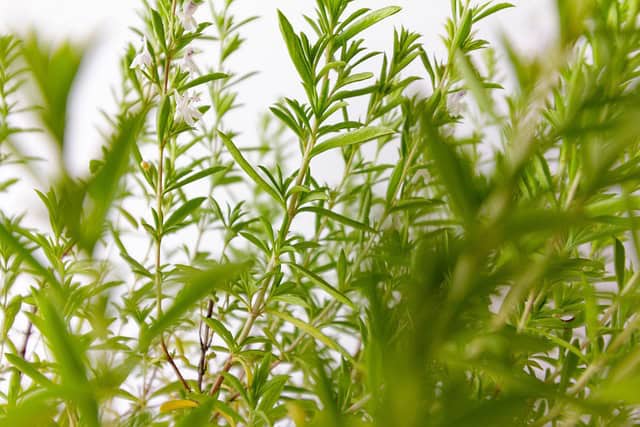
Winter savory is an exceptional herb that can withstand colder conditions.
Temperature Tolerance: It can survive winter temperatures.
Planting Dates: November works well for planting this herb.
Tips: Space seeds about 12 inches apart and ensure they are in well-draining soil with good sunlight.
Chervil
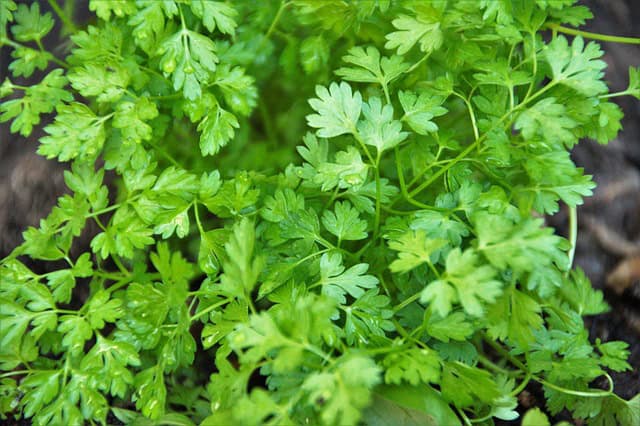
Chervil can flourish in cooler weather, making it suitable for November planting.
Temperature Tolerance: It thrives in cool weather, often tolerating light frosts.
Planting Dates: Seeds can be planted in early November.
Tips: Sow seeds about 1/4 inch deep in rich, well-draining soil. This herb adds an enticing flavor to various dishes.
Parsley
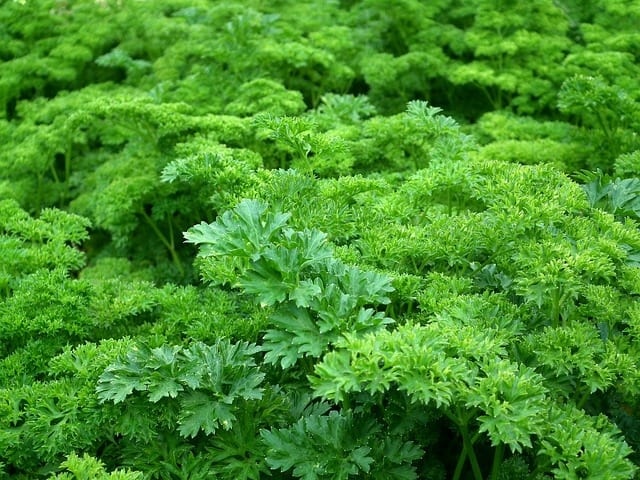
Parsley is resilient, making it a great herb to plant in November.
Temperature Tolerance: It can tolerate light frosts.
Planting Dates: Early November is suitable for sowing.
Tips: Plant seeds 1/4 inch deep. Consider using cloches or covers to protect them during particularly cold spells.
Cilantro
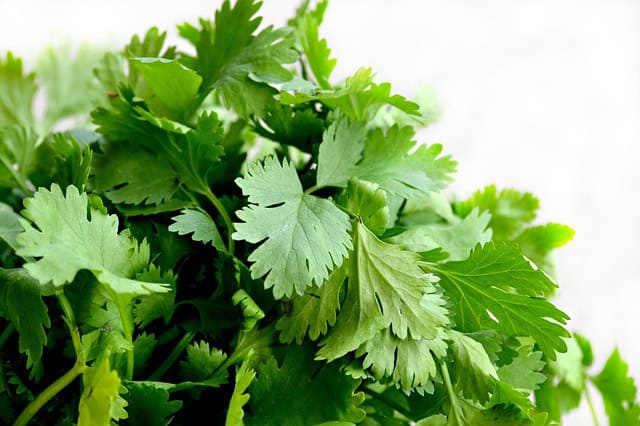
Cilantro prefers cooler temperatures, which can make November suitable for planting.
Temperature Tolerance: It can survive mild frost.
Planting Dates: Late October to early November is optimal for sowing.
Tips: Sow seeds about 1/2 inch deep and space them adequately. Keep the soil moist to encourage germination.
Oregano
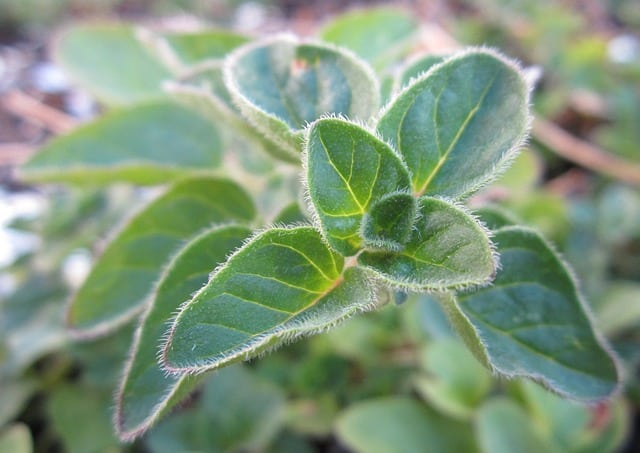
Oregano is another herb that benefits from being planted during the cooler months.
Temperature Tolerance: It can endure colder temperatures.
Planting Dates: November planting allows it to establish roots.
Tips: Space seeds 12 inches apart and choose a sunny location in well-draining soil for the best results.
Sage
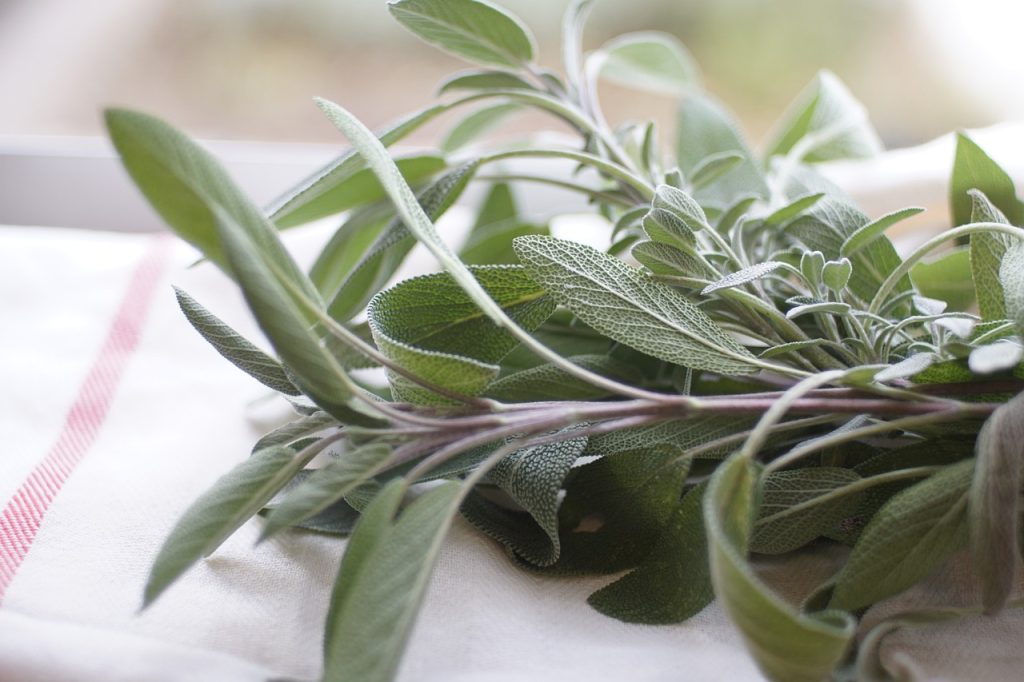
Sage is a hardy herb that can flourish in colder conditions.
Temperature Tolerance: This herb can tolerate frost.
Planting Dates: November planting can be successful if conditions are right.
Tips: Plant sage in well-draining soil and provide ample sunlight. Space plants about 2 feet apart for optimal growth.
Lovage
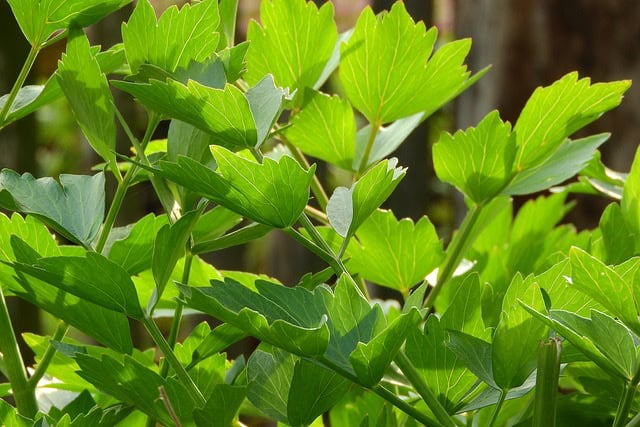
Lovage is a hardy perennial herb that performs well in cooler conditions.
Temperature Tolerance: It can survive in cooler temperatures, making it suitable for November planting.
Planting Dates: Late autumn is an ideal time for this herb.
Tips: Plant ½ inch deep in rich, high-moisture soil. Lovage can become quite large, so proper spacing is essential.
Fennel
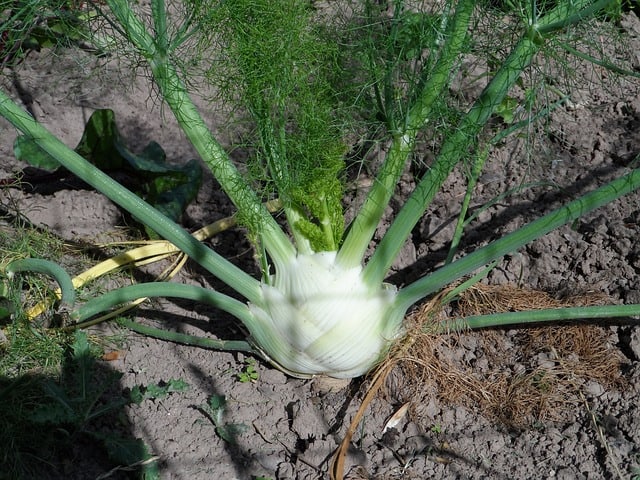
While sweet fennel can be tricky in colder temperatures, it can be carefully planted in late November.
Temperature Tolerance: Cold-hardy, but protect it from severe frost.
Planting Dates: Early November is most suitable.
Tips: Sow seeds about 1/2 inch deep in rich, well-drained soil with sunlight. Fennel can be harvested throughout spring!
Landscape Plants To Plant In November
November may seem like a winding down of the gardening season, yet it is an excellent time to prepare your landscape with a selection of durable and beautiful plants.
Evergreens
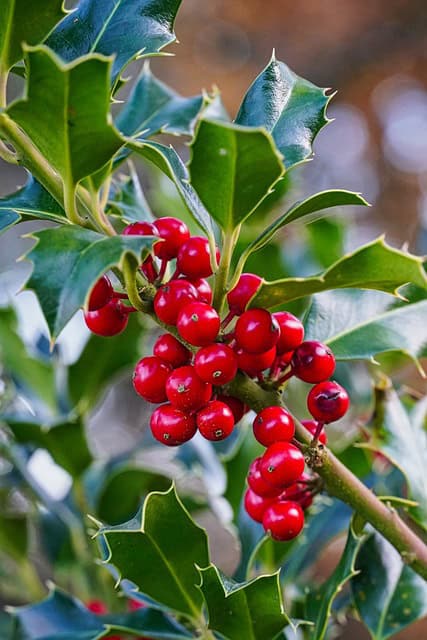
Evergreens can be a fantastic addition to your landscape in November.
Temperature Tolerance: Most evergreens can withstand cold weather, making fall an ideal planting time.
Planting Dates: November is suitable for most evergreen varieties.
Tips: Ensure proper drainage when planting to prevent waterlogging. Evergreens provide year-round color and structure to gardens.
Barberry
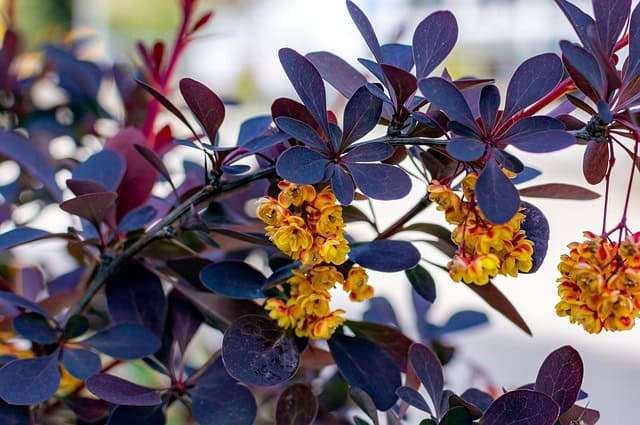
Barberry shrubs are adaptable and offer vibrant foliage.
Temperature Tolerance: They can thrive in cold and endure tough winters.
Planting Dates: Plant them any time before the ground freezes, including November.
Tips: They require well-drained soil and full sun to partial shade. They are also known for their resistance to pests and diseases.
Winterberry Holly
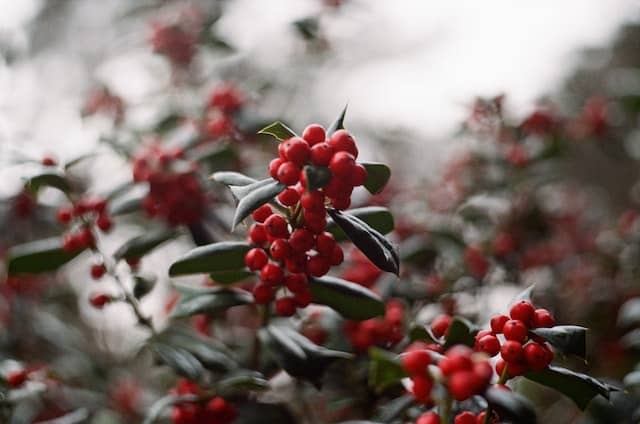
Adding winterberry hollies to your landscape in November can offer stunning winter color.
Temperature Tolerance: This shrub thrives in cold weather.
Planting Dates: November planting is good, allowing it to establish roots.
Tips: They require wet, acidic soils and need full sun. This deciduous holly is prized for attracting birds during fall and winter.
Foxglove
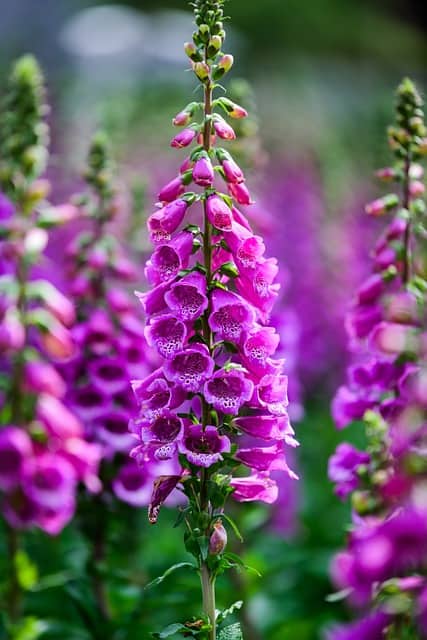
Though often grown as a biennial, foxglover plants can be established in November.
Temperature Tolerance: They can survive frosts but need protection in severe weather.
Planting Dates: Early November is ideal for planting.
Tips: Space foxglove plants adequately for airflow. They thrive in well-draining soil with part to full sunlight.
Lavender
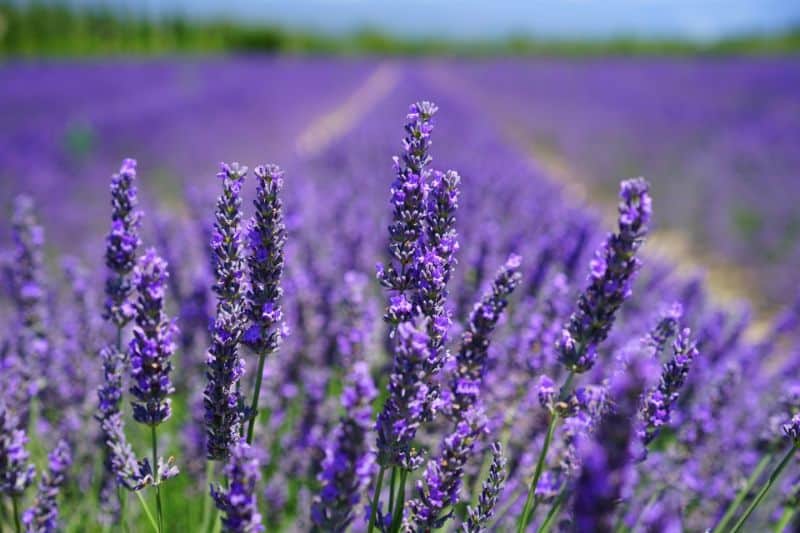
Lavender is a fragrant and drought-resistant plant that is worthwhile for November planting.
Temperature Tolerance: Established plants can withstand winter temperatures.
Planting Dates: Plant them in early November for the best results.
Tips: They prefer sandy, well-drained soil. Proper spacing helps air circulation and prevents fungal issues.
Rhododendron
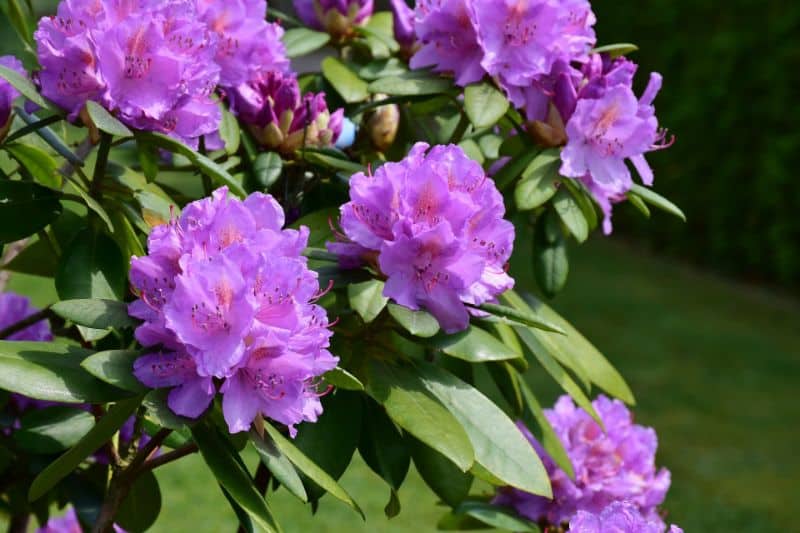
Rhododendrons offer bold blooms and evergreen foliage.
Temperature Tolerance: These shrubs are hardy and can withstand significant cold.
Planting Dates: November is a suitable month for planting.
Tips: They prefer acidic soils and shade to thrive. Mulch around the roots helps reduce temperature fluctuations.
Ornamental Grasses
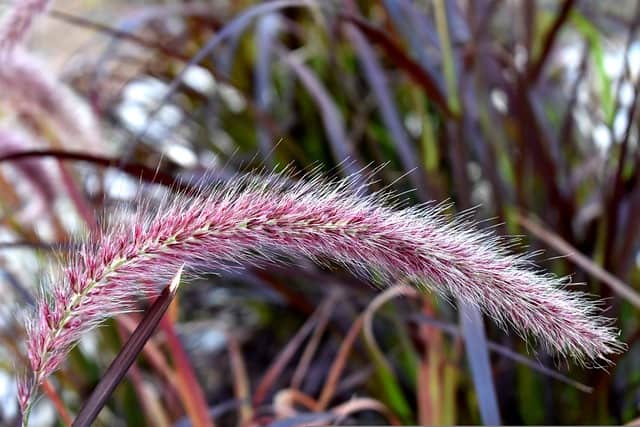
Ornamental grasses offer texture and movement to gardens, making them a great addition in November.
Temperature Tolerance: Many varieties can withstand cold and frost.
Planting Dates: November planting helps them establish roots.
Tips: They perform better when spaced adequately and can thrive in various soils.
Perennial Ferns
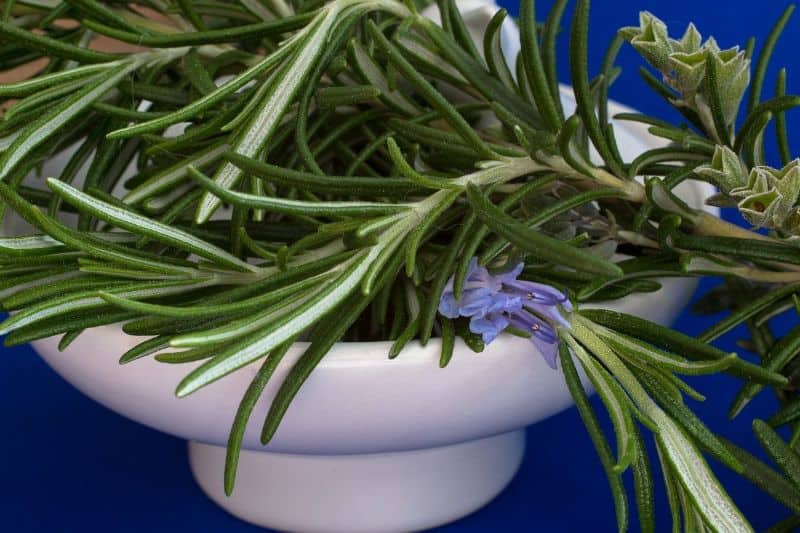
Ferns can add lush greenery and a unique aesthetic to your landscape.
Temperature Tolerance: Most ferns are hardy and can withstand cold temperatures.
Planting Dates: Late fall is ideal for establishing these plants.
Tips: They prefer shaded areas with rich, moist soil. Ample mulching helps protect roots during winter months.
Holly
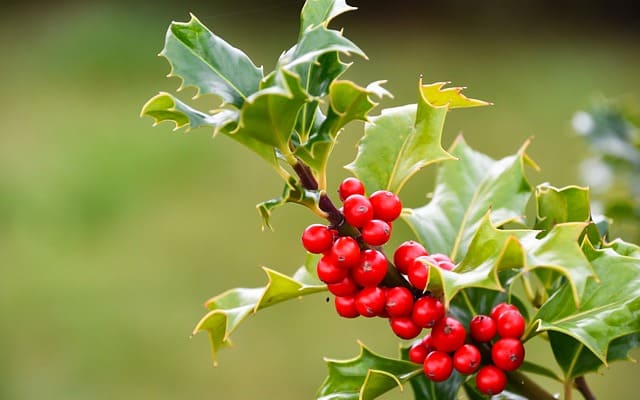
Holly bushes provide vibrant berries and festive appeal.
Temperature Tolerance: Hollies endure cold weather well.
Planting Dates: November allows them to establish roots before winter.
Tips: Choose well-draining soil and ensure they receive sunlight to produce berries successfully.
Ground Covers
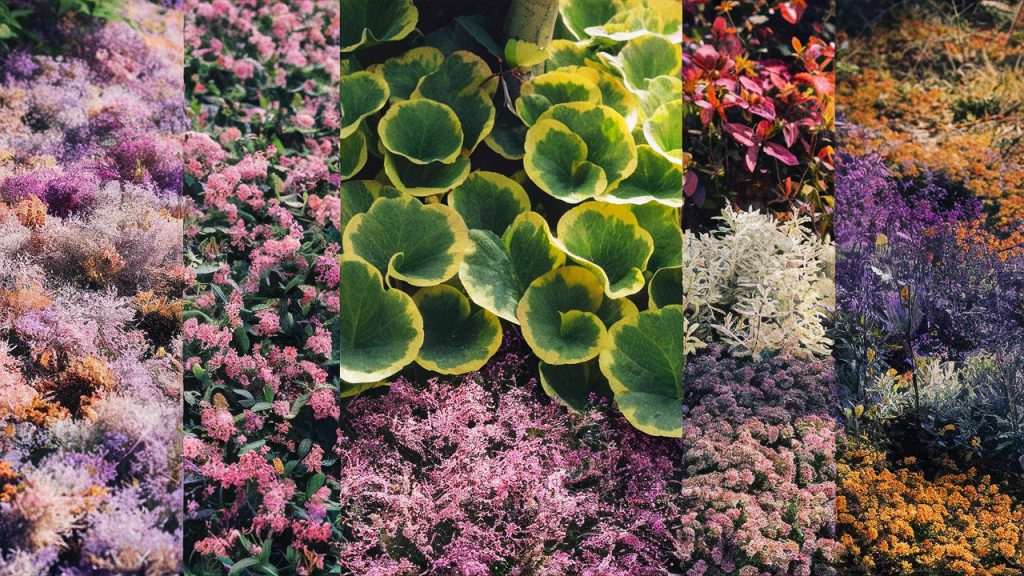
Late autumn is also a perfect time to introduce ground cover to your landscape.
Temperature Tolerance: Many ground covers are hardy and can endure cold temperatures.
Planting Dates: November can be an excellent month for planting suitable varieties.
Tips: Selecting drought-resistant varieties helps minimize care requirements. They can prevent erosion and provide aesthetic beauty during colder months.


